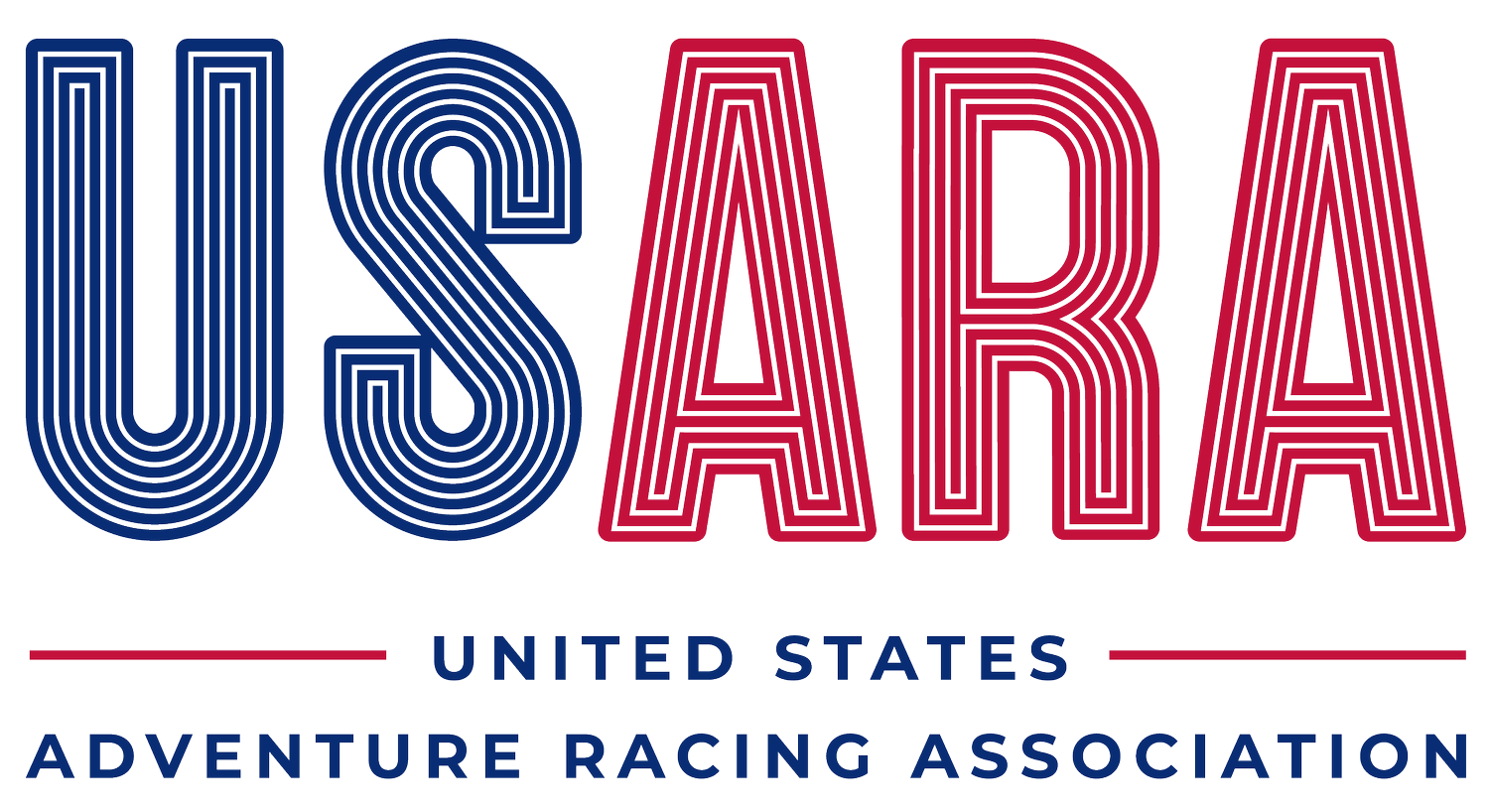Skills/Training: Trekking
OK, let’s start with what is arguably the most basic of the AR disciplines. Efficient foot travel in adventure racing is extremely important, and I believe people sometimes take this “skill” for granted, especially in longer events. How hard can running, jogging, or walking be?
Anyone that has participated in a 24hr to multi-day race knows that more experienced, efficient, and skilled teams can open-up massive leads on a foot section. Being able to move efficiently through technical terrain requires both skill and art, and just piling up the miles on a treadmill or your local trails won't necessarily translate to an adventure racing course. What should you do to better prepare for the unique challenges of adventure racing foot-travel?
First off, spend time on your feet. Toughen them up. In most adventure races, your feet will get wet, and even if you don’t cover massive mileage, you’ll spend a fair bit of the race on your feet. Make sure they are ready for it. Running, hiking, walking: everything counts. Longer sessions are important though to help your feet get ready.
While many adventure racers train by running, make sure you mix in some hiking as well; trekking is sometimes all the terrain will allow for. We’ve seen plenty of savvy teams finish races successfully without ever moving faster than a steady walk.
Add a pack to your runs or hikes and practice carrying weight. Doing so will also improve your leg and core strength.
On that note, try to squeeze in some core and upper body strength. Running fast on a local trail is great for speed, but AR isn’t a trail race. You need to carry weight, you won’t be moving as fast, and you need your core to be ready for this extra work.
Hills: Get your hills in. Unless you are racing in the flatlands, expect hills. Lots of them. You don’t necessarily have to run the hills when preparing; hiking them will do the trick as well. And don't neglect training for descents, too. Giving your quads a good pounding on a training run will pay dividends on the race course by building strength and holding off fatigue.
Bushwhacking: While beginner races might not require hours upon hours of off-trail travel, being comfortable moving quickly overland will pay off. No one needs to go train in a thorn bush or a thicket of mountain laurel, but you’ll encounter these obstacles with frequency in adventure races, and the more comfortable you are with off-trail travel, the more efficient you and your teammates will be. Practice identifying old trail beds or animal trails that allow for faster travel when off established trails.
Rocks: when you leave trails, you're bound to find rocks. Be prepared for technical terrain. Find a local boulder field. Don’t shy away from rockier trails. Practice hiking or even running on uneven terrain to help improve your dexterity, strength, and speed.
Don’t forgo speed training, especially if you are focusing on sprint races, but remember that adventure races are endurance events, and often ultra-endurance in nature. Make sure you get in some long training sessions on foot. Get in some extra hills, and try to do at least some of your training off the pavement or treadmill.
For those starting out with more beginner-friendly races, you can expect approximately 5-10 miles of foot travel in a sprint race and roughly 10-20 in a half-day race. The mileage increases with 24-hour races and longer, though remember that the mileage may be broken up into multiple stages. You don't need to be trained to run a steady marathon to finish an adventure race, even a day-long one. If you can run 5-10 miles at a pop without killing yourself, you probably have enough of a base to at least finish beginner friendly races. You might not be competitive, and it might hurt more, but you can finish!



